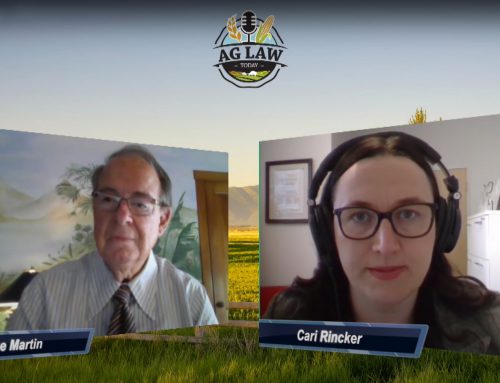In the last eight years or so, a strange phenomenon has been occurring: bees have been dying at an alarming rate. Every winter, almost a third of all bee colonies die, and it is happening in Canada and Europe as well.
Why is this odd occurrence so alarming? Wild bees and honey bees are vital to agriculture because they do the most pollination to the majority of fruits and vegetables consumed by humans. Their value is worth billions of dollars and if this problem isn’t fixed, it could be potentially disastrous.
Negative effects of fewer bees include fewer fruits and vegetables available followed by high costs. Certain fruits and vegetables we are used to having access to might not be there if this continues.
As bees fly from one flower to the next, they pick up pollen and transfer it to other like flowers. Fewer bees involved in this pollination process will result in a smaller crop output.
Something bees are ingesting is killing some of them, and insecticides are probably part of the problem. Contaminated flowers can kill bees or at least having negative effects on their health. Viruses, parasites, and pathogens from other countries are other probable causes of bees’ unusually high mortality rate.
What can we do to prevent this from continuing? One way is to learn which pesticides are most dangerous for bees and ban them or avoid using them. Also, if it’s not necessary to use pesticides, don’t.
Another way is to plant flowers around farms, backyards, and anywhere else they’ll grow in order to promote bees’ health and reproduction.
If we don’t act now, we may have dire consequences in the future.



